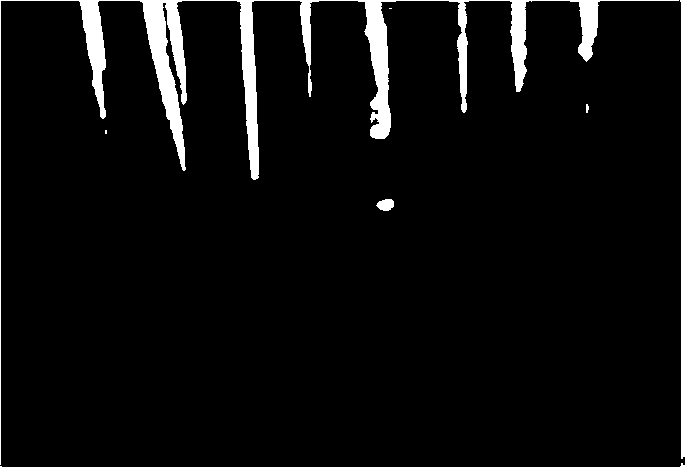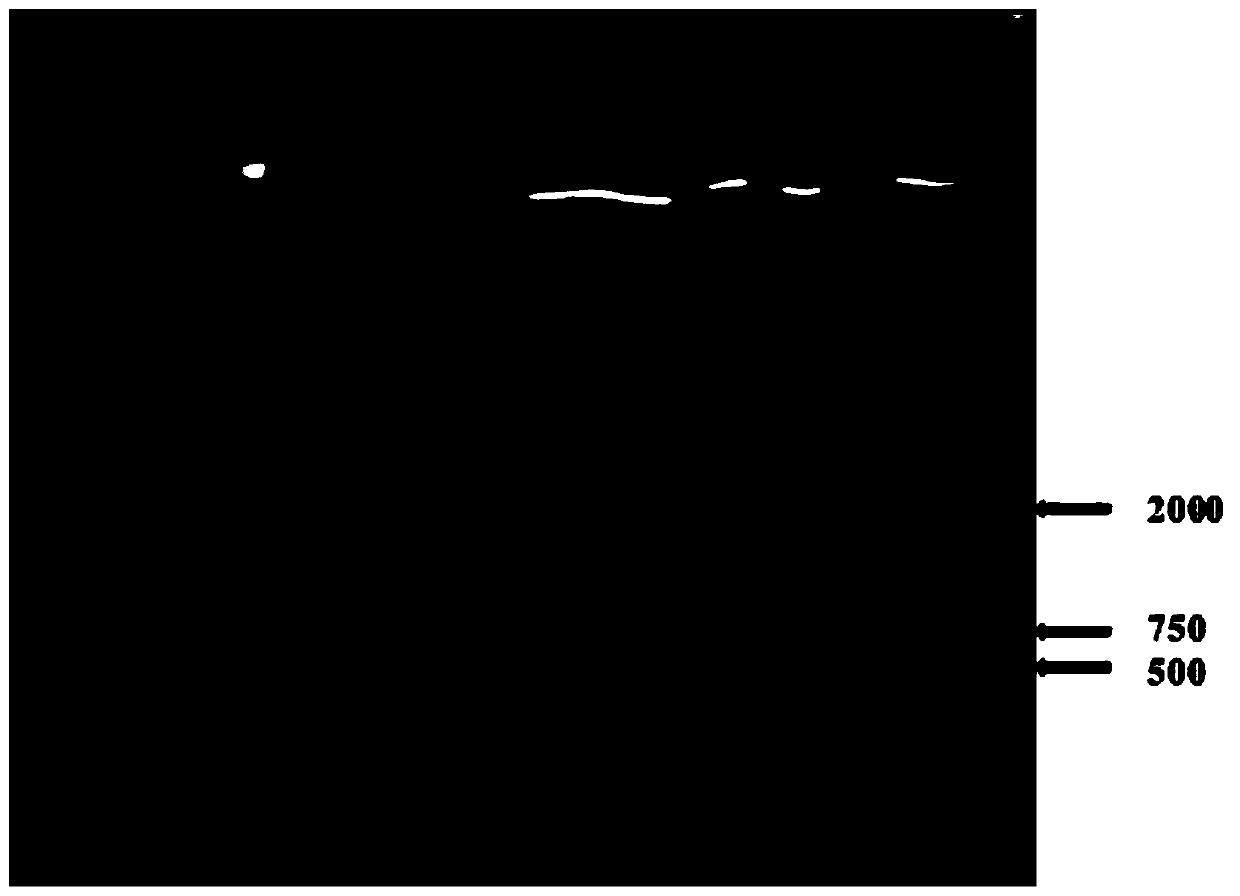A kind of Saccharomyces cerevisiae, its construction method and its application in the fermentation preparation of lycopene
A technology of Saccharomyces cerevisiae and lycopene, which is applied in the field of microorganisms, can solve the problems of cumbersome steps in the synthesis process, limit the scope of product use, and high production costs, and achieve the effects of saving fermentation costs, simple fermentation operations, and stable genetic expression
- Summary
- Abstract
- Description
- Claims
- Application Information
AI Technical Summary
Problems solved by technology
Method used
Image
Examples
Embodiment 1
[0021] Construction of exogenous MVA biosynthetic pathway:
[0022] 1. Cloning of the recombinant homology arm:
[0023] Using the Saccharomyces cerevisiae CEN.PK2-1C genome as a template, the rDNA sequence was amplified to obtain the left homology arm NTS2.
[0024] The primer sequences are:
[0025] SEQ NO.1: Primer 1: 5'-GAAGTACCTCCCAACTACTTTTTCC-3';
[0026] SEQ NO.2: Primer 2:
[0027] 5'-GTTCTATTGTATATCTCCCCTCCGCCACCTACATGTTAGGATAGTTTAACGGAAACGCA-3'.
[0028] Using the Saccharomyces cerevisiae CEN.PK2-1C genome as a template, the rDNA sequence was amplified to obtain the right homology arm NTS1.
[0029] The primer sequences are:
[0030] SEQ NO.3: Primer 1:
[0031] 5'-TTATACTGAAAACCTTGCTTGAGAAGGTTTTGGGACGGCGGTTGCGGCCATATCTACCA-3';
[0032] SEQ NO.4: Primer 2: 5'-CGTTGCAAAGATGGGTTGAAAGAG-3'.
[0033] 2. Cloning of resistance screening markers:
[0034] Using the plasmid pRS41H as a template, the hygromycin selection marker TEF1p-hphNT1-CYCt was amplified.
[0...
Embodiment 2
[0043] Construction of lycopene biosynthetic pathway:
[0044] 1. Cloning of the recombinant homology arm:
[0045] Using the Saccharomyces cerevisiae CEN.PK2-1C genome as a template, the Delta1 sequence was amplified to obtain the left homology arm Delta1front. The primer sequences are:
[0046] SEQ NO.7: Primer 1: 5'-TAAGAGATAGGTTAATTTTT-3';
[0047] SEQ NO.8: Primer 2: 5'-TAGAATATAGACGTATCAGTGTGAGTGCCTCTGTTGATTTATCAAAGAAGGAATAAAAA-3'.
[0048] Using the Saccharomyces cerevisiae CEN.PK2-1C genome as a template, the Delta1 sequence was amplified to obtain the right homology arm Delta1rear.
[0049] The primer sequences are:
[0050]SEQ NO.9: Primer 1: 5'-CACAAATTAGAGCTTCAATTTAATTATATCAGTTATTACTTTTGTCATATTATTCTATT-3';
[0051] SEQ NO.10: Primer 2: 5'-TGCTGTAATGAACCCCTAAG-3'.
[0052] 2. Obtain the IPP isomerase gene IDI1 gene fragment of Escherichia coli from the Genbank gene bank, use the codon preference of Saccharomyces cerevisiae to optimize the codon, and amplify th...
Embodiment 3
[0076] Identification of Saccharomyces cerevisiae engineered bacteria:
[0077] Using the LiAc transformation method, the constructed gene expression cassette was transformed into Saccharomyces cerevisiae W1 competent cells, and the transformed bacterial strain was spread on the auxotrophic solid medium (SD / -His / -Leu / -Trp), 30 Cultivate at ℃ for 2-4 days, pick a single colony of appropriate size with a sterilized toothpick, and obtain a positive clone strain through colony color change (the strain that synthesizes lycopene is pink) and colony PCR screening (figure).
PUM
 Login to View More
Login to View More Abstract
Description
Claims
Application Information
 Login to View More
Login to View More - R&D
- Intellectual Property
- Life Sciences
- Materials
- Tech Scout
- Unparalleled Data Quality
- Higher Quality Content
- 60% Fewer Hallucinations
Browse by: Latest US Patents, China's latest patents, Technical Efficacy Thesaurus, Application Domain, Technology Topic, Popular Technical Reports.
© 2025 PatSnap. All rights reserved.Legal|Privacy policy|Modern Slavery Act Transparency Statement|Sitemap|About US| Contact US: help@patsnap.com



